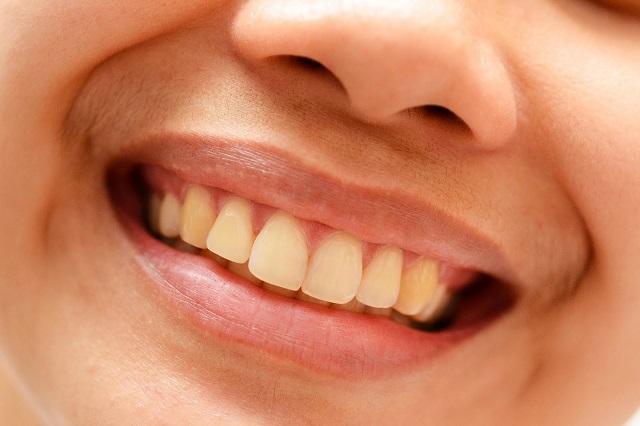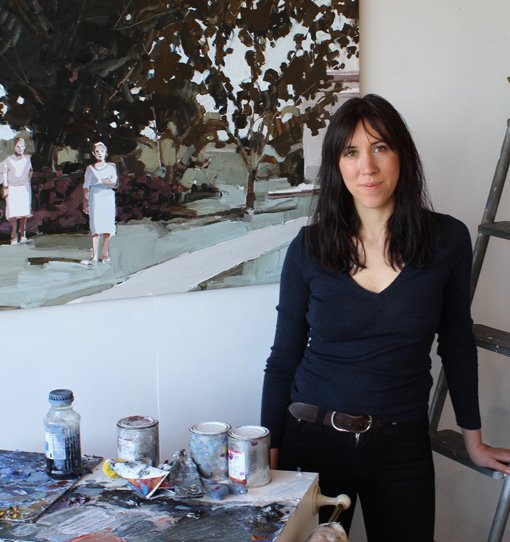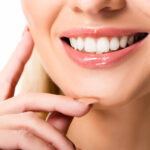A molecular anthropologist at the University of Oklahoma chips away at the thick chalky layer of calculus on ancient teeth like a hygienist with a backlog.
These yellowing flakes trap not only microscopic remnants of food, pollen grains, and proteins, but ancient human and microbial DNA. The primary aim is to understand the role and evolution of microbiomes. What’s considered damaging debris by a dentist is an invaluable bacterial treasure trove revealing secrets about disease and the health of modern humans.
We know almost nothing about the evolution of the human microbiome. Over centuries we have dramatically altered our lifestyle – how has this affected our microbes?
Ancient microbes are such a huge piece of the puzzle because there are so few ways to understand and reconstruct the microbiomes of a pre-antibiotic lifestyle and we need that information before we can successfully manipulate the human microbiome for therapeutics.
So there’s no yellow teeth in ancient art yet – but there’s an art in the study of them.
Combining the methods used by DNA researchers and modern microbiome studies led to the first study of the contents of our ancestors’ mouths. Comparing microbiomes from 1000-year-old medieval monastic remains to nine living people with known dental histories, the study was the first to report that calculus did in fact harbour ancient microbial DNA. Rich evidence that strains linked to periodontal disease were found, confirming a long association between these pathogens and human oral health.
So far yellow teeth have been pretty strong on celebrating more proven ancestral links. All part of the rich tapestry of life that also contains so much fascinating dead stuff.
Yellow teeth, if you have them by the way, are a perfectly natural shade of human tooth enamel that can be perfectly healthy. Of course the strongest teeth are natural, healthy ones and teeth are not white; at least, not white like pristine paper, or even white like new piano keys – without cosmetic intervention, they’re a couple of shades darker than that. Tooth enamel is a bluish white colour, somewhat translucent, so the yellow of the dentine beneath it shows through.
Overall, the colour of teeth is either light grey or light yellow.
Any darker than that may be due to heavy smoking, inadequate and infrequent brushing or possibly particular metabolic disorders. Discolouration can be corrected by a combination of bleaching, and polishing the top layer of enamel off. Both these treatments permanently weaken the teeth.
Already yellow’s a strong winner then.
Not all yellow teeth are healthy of course. It depends on what you’ve been doing, or not doing with those choppers. If it comes from tartar or plaque build-up, then it goes without saying they’re not teeth being kept at their optimum.
Superficial dental services like teeth whitening are massively in demand. Ancient Egyptians used to do it. Let’s face it they used to do everything.
Popular bleaching methods – think peroxide-filled trays – officially started sometime in the late 1980s. Dentists happened to stumble upon the technique quite by accident a couple decades earlier, according restorative and cosmetic dentists. Peroxide had been used as an oral antiseptic gel to treat gums, and dentists tried different ways to keep the gel on for longer. It was quickly apparent that a side effect of that treatment was whitened teeth.
Thus in good ol’ 1980’s style of instant gratification, the mass marketing of tooth-whitening products began.
Like anything, tooth whitening has its pros and cons – just don’t think you can do at home where it’s not unknown that they tried toxic substances like bleach that’s meant to clean the bathroom.
Being able to afford the procedure is a new thing. Prior to that it was a basic reliance on genetics and good oral care.
As far as ancient art is concerned, particles of lapis lazuli blue pigment in the fossilised dental plaque of the remains of a medieval woman, was a stone more precious than gold at the time.
Blue tooth. A thousand years ago. Who’d have thought.







